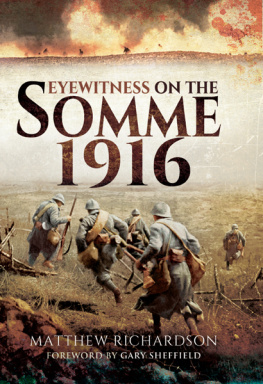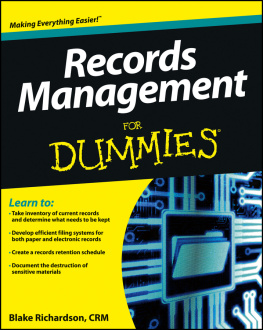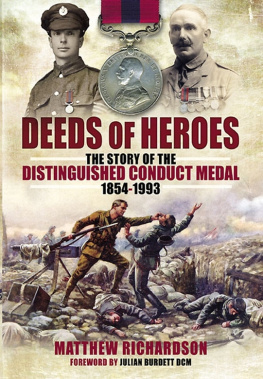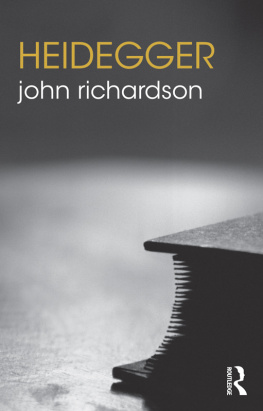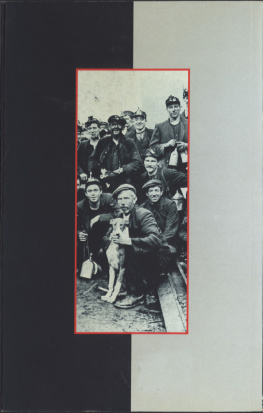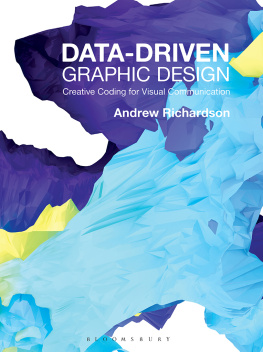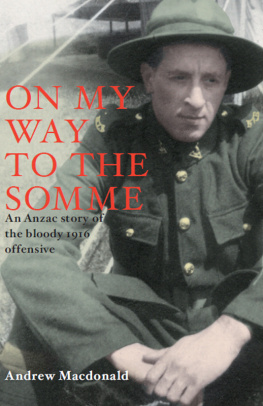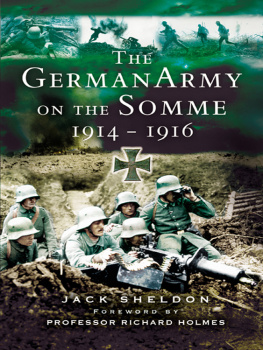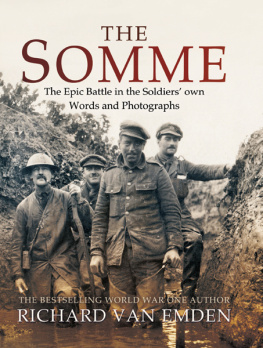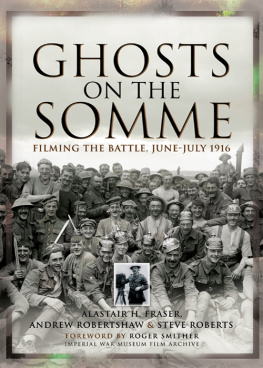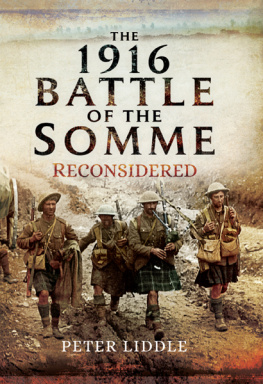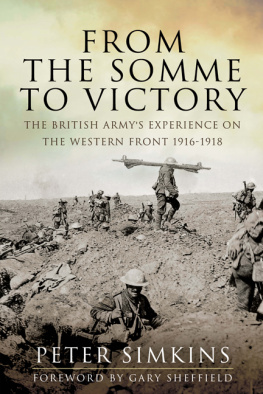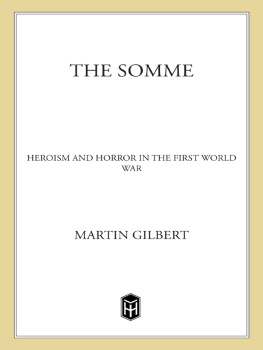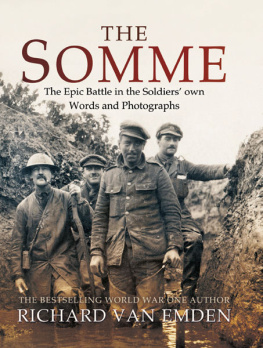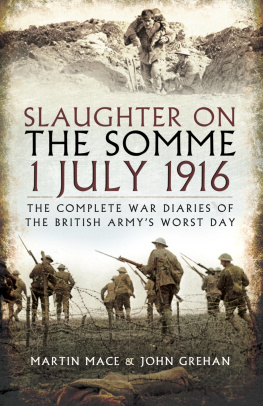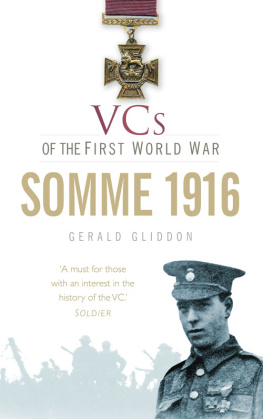First published in Great Britain in 2015 by
Pen & Sword Military
an imprint of
Pen & Sword Books Ltd
47 Church Street
Barnsley
South Yorkshire
S70 2AS
Copyright Matthew Richardson 2015
ISBN: 978 1 78159 299 1
PDF ISBN: 978 1 47387 812 9
EPUB ISBN: 978 1 47387 811 2
PRC ISBN: 978 1 47387 810 5
The right of Matthew Richardson to be identified as the Author of this Work has been asserted by him in accordance with the Copyright, Designs and Patents Act 1988.
A CIP catalogue record for this book is available from the British Library
All rights reserved. No part of this book may be reproduced or transmitted in any form or by any means, electronic or mechanical including photocopying, recording or by any information storage and retrieval system, without permission from the Publisher in writing.
Typeset in Ehrhardt by
Mac Style Ltd, Bridlington, East Yorkshire
Printed and bound in the UK by CPI Group (UK) Ltd,
Croydon, CRO 4YY
Pen & Sword Books Ltd incorporates the imprints of Pen & Sword Archaeology, Atlas, Aviation, Battleground, Discovery, Family History, History, Maritime, Military, Naval, Politics, Railways, Select, Transport, True Crime, and Fiction, Frontline Books, Leo Cooper, Praetorian Press, Seaforth Publishing and Wharncliffe.
For a complete list of Pen & Sword titles please contact
PEN & SWORD BOOKS LIMITED
47 Church Street, Barnsley, South Yorkshire, S70 2AS, England
E-mail:
Website: www.pen-and-sword.co.uk
Contents
Foreword
by Professor Gary Sheffield
D uring my career as a professional military historian, the Battle of the Somme, July to November 1916, has never been very far away. As Ive related elsewhere, reading Martin Middlebrooks The First Day on the Somme (1971) fired my imagination in my early teens. The battalion that I studied for my MA thesis [22nd Royal Fusiliers (Kensington)] fought on the Somme, and I made the first of very many visits to the Somme battlefield in 1986. Over the years I have lectured about the Somme, written about it, and on many occasions taken civilian and military groups over the ground. One might be forgiven for thinking that after all this time there is nothing fresh to say about this battle, but this is far from true. The Battle of the Somme remains intensely controversial among historians, and the popular media returns to the subject again and again. Interestingly, it now occupies the place once reserved for Passchendaele, the Third Battle of Ypres, as the totemic ghastliest British battle of the First World War. Or, at least, the first day of the battle has; the other 141 days of the battle, with the possible exception of 15 September 1916, the first time that tanks were used in combat, have almost entirely disappeared from collective British memory.
One of the many virtues of Matthew Richardsons new account of the Somme is that he does not lose sight of the fact that the battle lasted for four months, not a single day. He also looks far beyond the British contribution to examine the perspective of German and French participants in the battle, and, significantly, acknowledges the Imperial dimension. Rarely is the voice of a Black African soldier from Frances colonies heard in the context of the Somme, but the memories of Nar Diouf, a Senegalese tirailleur, appear here. Collections of first-hand accounts tend to focus on the conditions experienced by soldiers, but those quoted here sometimes move beyond the small change of soldiering. Thus Sous Lieutenant Louis Mairet reflected on the way his motivation for fighting had changed, while Lieutenant Adrian Stephen of the Royal Field Artillery gave valuable contemporary evidence on the evolution of British infantry tactics.
Next year, 2016, marks the centenary of the Battle of the Somme, and I can safely predict that media interest will be significant, and much of the reporting will be hackneyed and ill-informed. The new perspectives in Matthew Richardsons excellent book are therefore very timely. Eyewitness on the Somme deserves a wide audience.
Gary Sheffield MA Ph D FRHistS FRSA
Professor of War Studies
University of Wolverhampton
Acknowledgements
N o book such as this could reach print without the assistance of a great number of people. The first and most obvious acknowledgement which I must make is to Gary Sheffield for providing the Foreword. Although our paths have crossed directly only a handful of times, I have always been something of a fan of his work and more importantly a great respecter of his scholarship. I am immensely grateful to him for finding the time to do me this honour. Over the years my knowledge and understanding of the Battle of the Somme were shaped by contact and conversation with numerous people, both in Britain and in France. First and foremost of these are undoubtedly Dr Peter Liddle, friend and former colleague, whose personal contribution to preserving the documentary record of the battle at an individual level is unrivalled, and Paul Reed, who has spent many years walking and studying the battlefield. Both of these men were kind enough to share their thoughts with me over the years. Naturally, any errors of fact or interpretation within this book remain solely my own responsibility.
Once again I would like to thank Margaret Holmes for permission to quote from her father Frank Richards wonderful memoir Old Soldiers Never Die. I read this book for the first time when my interest in the First World War was just awakening. It made a profound impact upon me, and a few years later I was able to realise an ambition when I stood at the spot from which Richards had observed the attack on High Wood. Jo Edkins was likewise extremely helpful in allowing me to quote from her fathers memoir. Frdric Henry allowed me to use extracts from his grandfathers book Un Meusien au Coeur des Deux Guerres. Andrew Jackson generously allowed me to use material from his website, for which I thank him. Christian Griesinger again helped me with German material. John Davies kindly loaned to me paperwork relating to his grandfathers service on the Somme. Guy Brocklebank allowed me once again to quote from the memoirs of his great uncle Major Richard Archer-Houblon, whilst Dr Robert Murray granted my request to quote from the diary of his grandfather C.M. Murray. Similar kindness was shown to me by Mrs Mavis Cripps in regard to her late husband Brigadier B.U.S. Cripps, and many years ago by the late Chester Read, who so generously allowed me to use the material of his father, I.L. Read. Richard Davies at the University of Leeds was of great help to me in my research once again. Special mention must also be made of Professor Joe Lunn of the University of Michigan. Despite the pressing responsibilities of his academic position, Professor Lunn found time to source for me from his own oral history archive first-hand testimony from Senegalese veterans of the Somme, and generously allowed me to use this material. I thank him warmly, and recommend his book Memoirs of the Maelstrom: A Senegalese Oral History of the First World War.
Ron Austins books Forward Undeterred and Cobbers in Khaki are a marvellous resource, being generously leavened with first-hand accounts, and are a fitting tribute to the two Australian battalions which they document. I first came across these books in Australia in 2001, and I still refer to them often. Likewise Ian Uyss Rollcall is to be commended. Others who helped me in Germany were Lars Fischer at the Staatsarchiv in Bremen, and Sylvia Schnwald at the Deutsche Nationalbibliothek, Leipzig. I would like to pay special tribute to my friend and colleague John Caley, who prepared so many of the photographs in this book; Jori Wiegmans also deserves great credit once again for his assistance with illustrations. Rupert Harding and the team at Pen & Sword have shown consistent support for my research over a number of years, which I gratefully acknowledge. Finally, as always, I thank my family for their forbearance and patience whilst this book was in preparation.
Next page
